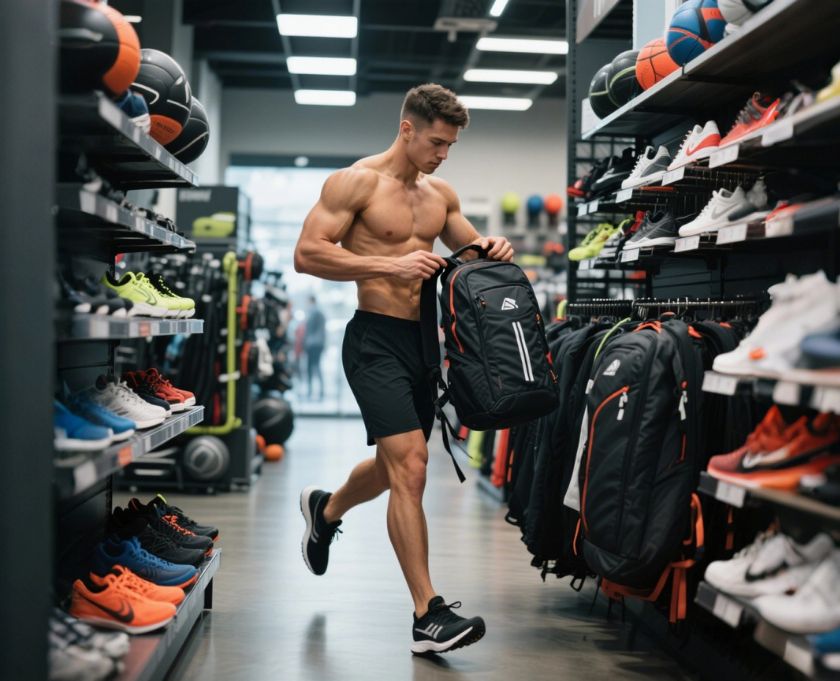Beautiful Plants For Your Interior

Why Backpack Size Matters More Than You Think
Backpacks aren’t one-size-fits-all. Picking the wrong size can lead to sore shoulders, back pain, and a frustrating experience—especially during long hikes, commutes, or travel. This guide will walk you through how to pick the right backpack size for you, ensuring maximum comfort, support, and functionality, no matter your activity.
Step 1: Understand Backpack Capacity (Liters)
Backpack sizes are usually measured in liters (L), which refers to the internal volume. Here’s a quick breakdown:
| Capacity (L) | Best For |
|---|---|
| 6–15L | Short hikes, gym, city commute |
| 16–30L | Day trips, school, carry-on |
| 31–50L | Overnight travel, hiking |
| 51L+ | Multi-day treks, long-term travel |
When in doubt, aim slightly bigger—but never too large for your frame.
Step 2: Measure Your Torso Length and Hip Size
To get a proper fit, measuring your torso is essential.
How to Measure Your Torso:
- Tilt your head forward and find the C7 vertebra (bony bump at the base of your neck).
- Place your hands on your hip bones; find the point where your thumbs point inward (iliac crest).
- Measure the distance between C7 and the imaginary line between your thumbs.
| Torso Length | Backpack Size |
|---|---|
| 15” or less | Extra Small (XS) |
| 16–17” | Small (S) |
| 18–19” | Medium (M) |
| 20” or more | Large (L) |
Backpacks with adjustable harnesses offer more flexibility across sizes.
Step 3: Match Backpack Type to Your Activity
For Commuting or Daily Use:
- Size: 15–25L
- Features: Laptop sleeve, water bottle pockets, streamlined design
For Day Hiking or Short Travel:
- Size: 20–35L
- Features: Hydration system compatibility, padded straps
For Backpacking or Multi-Day Trips:
- Size: 40–65L+
- Features: Internal frame, hip belt support, weather resistance
Choose based on how much gear you truly need, not what you might carry “just in case.”
Step 4: Try It On and Adjust the Fit
Even the perfect size won’t feel right if not adjusted properly.
Key Fit Tips:
- Hip Belt should sit on top of your hips—not your waist.
- Shoulder Straps should contour without gaps or pinching.
- Load Lifters should form a 45° angle to the backpack top.
- Chest Strap should sit across your sternum, not your throat.
Spend time adjusting all straps before use—small tweaks make a big difference.
Common Fit Mistakes to Avoid
- Buying based on style, not size: Aesthetic shouldn’t override function.
- Overloading small backpacks: This can stretch seams and destroy comfort.
- Ignoring torso fit: Height alone doesn’t determine backpack size.
- Buying too large “just in case”: Leads to under-filled, awkward packs.
Bonus: How to Choose Kids’ Backpack Sizes
For school or light hiking:
- Capacity: 10–18L
- Features: Chest strap, light padding, fun design
Ensure the backpack is never more than 10-15% of the child’s body weight.
FAQs: How to Pick the Right Backpack Size for You
1. What’s the most versatile backpack size?
20–30L bags are ideal for most daily and travel needs.
2. Is backpack size based on height?
Not exactly—torso length is a better guide than full height.
3. Can I use a hiking backpack for travel?
Yes, just ensure it fits airline carry-on limits and has lockable zippers.
4. How do I know if a backpack is too big?
If it extends too far above your shoulders or below your lower back—it’s too large.
5. What’s the best backpack size for airplane carry-on?
Most airlines allow bags under 45L (21 x 14 x 9 inches), so stay in that range.
Conclusion: Size Isn’t Everything—But It’s a Big Deal
Choosing the right backpack size means better posture, less fatigue, and more enjoyable adventures. Whether you’re commuting, hiking, or traveling abroad, using the right size tailored to your body and purpose can make all the difference.